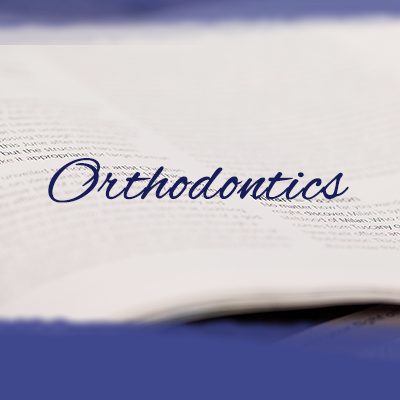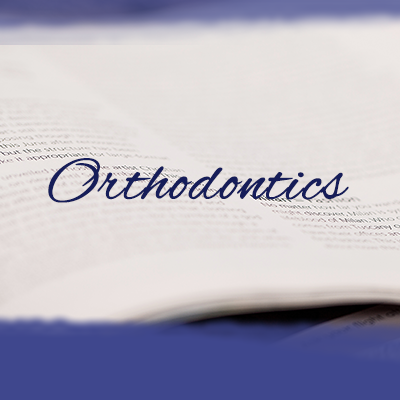Quality of Life in Orthodontic Cancer Survivor Patients—A Prospective Case–Control Study
The aim of the study was to compare the quality of life (QoL) of cancer survivors with a control group of healthy subjects before, during, and after the orthodontic treatment.
• Methods: Consecutive cancer survivors (40 people) who were looking for orthodontic treatment between 2008 and 2015 were enrolled into the study. Healthy orthodontic patients matched for age (±4 years), sex, and malocclusion served as controls.
The 14-item version of the Oral Health Impact Profile was used to assess the effect of orthodontic treatment on QoL before, during, and after the orthodontic treatment.
• Results: There were no significant differences between both groups regarding the cast model, cephalometric analysis, and photographic documentation analysis. There was a significant worsening of QoL after the onset of the orthodontic treatment with a significant improvement after the treatment.
Male cancer survivor patients reported significantly lower QoL during the treatment time, which was not observed in the male control group.
• Conclusion: The outcome of orthodontic treatment in cancer survivors did not differ from the healthy orthodontic patients. The orthodontic treatment had an impact on the oral health quality of life both in the cancer and the control groups with a significantly higher impact in male cancer survivor patients.





